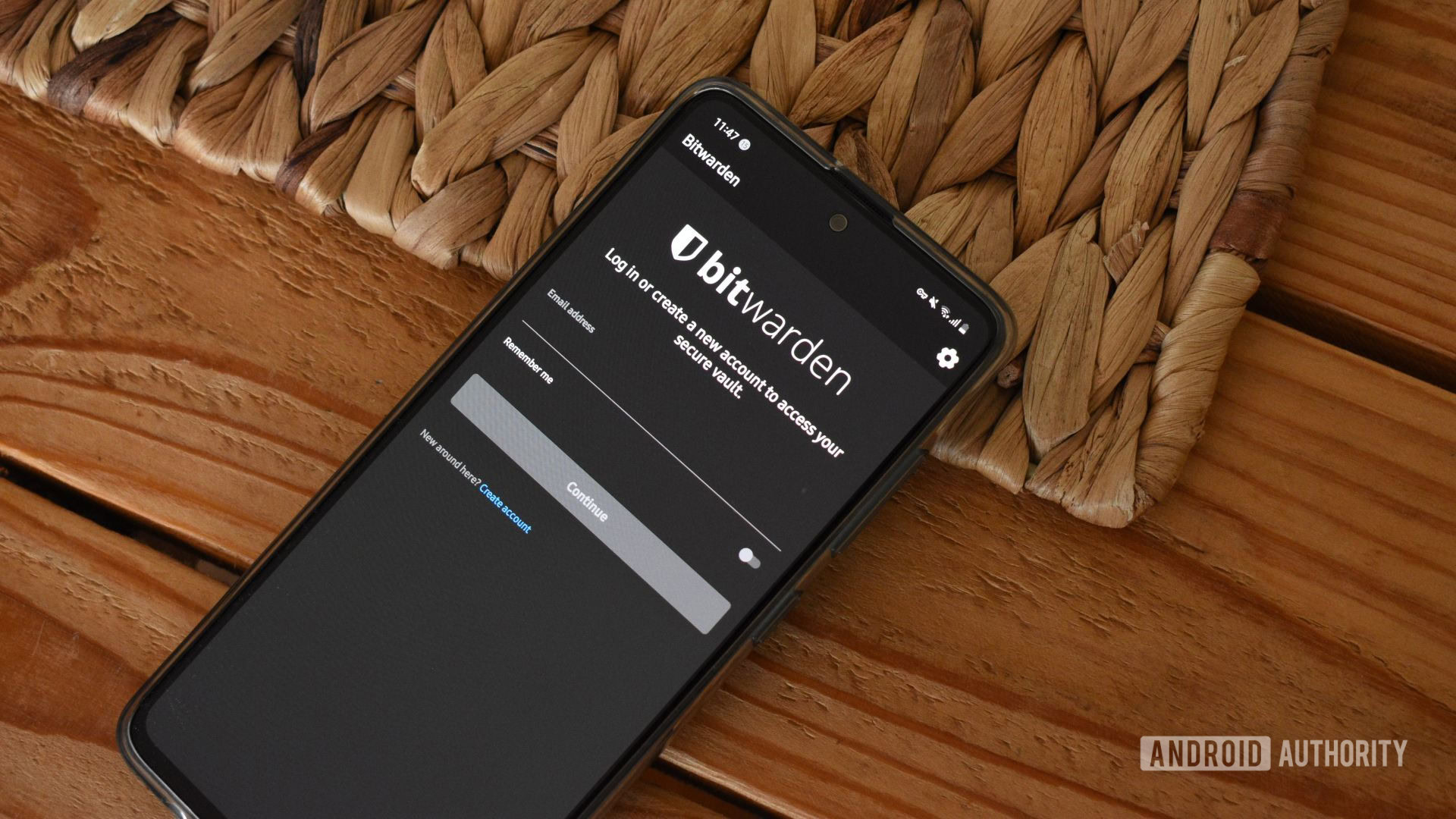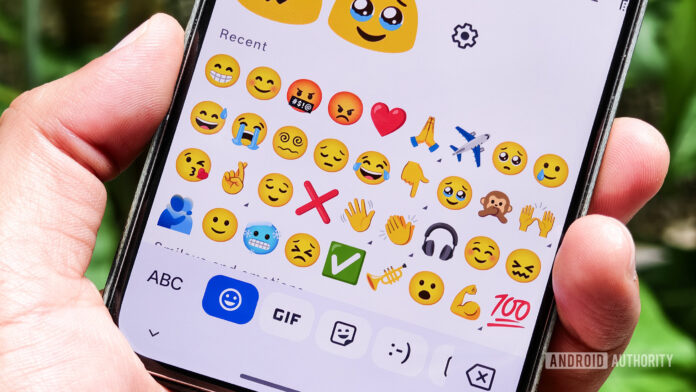Tushar Mehta / Android Authority
The Android apps that come preinstalled on a phone have several advantages. For one, they’re already there — you don’t need to visit the Play Store and sift through numerous options to find one that might meet your needs. Secondly, they’re usually from the manufacturer itself, which means they’re tightly integrated into the broader framework of your phone.
However, as is often the case in life, what’s easiest isn’t always the best, and this is especially true for smartphone apps that non-tech-savvy users might employ. These users might benefit more from a more approachable or supportive product that you or they would need to install.
Whenever I’m tasked with fixing someone’s phone or offering suggestions, I always review their installed apps and suggest improvements that may make their lives a little easier. This includes a list of apps that they can set up themselves, others that may require some hands-on assistance from me, or direct replacements that offer additional functionality or improved usability.
Do you use a remote support app to troubleshoot friends’ and family members’ phones?
163 votes
Here’s the list of apps I urge non-techies to install on their Android phones:
TeamViewer

Andy Walker / Android Authority
Many of the apps I mention on this list require some intervention by an experienced or technically-minded user before the smartphone owner can use them. I’m aware that not everyone has physical access to these devices, which makes this process somewhat challenging. In those moments when the entire family isn’t gathered together at the year-end tech support symposium, better known as “the holidays,” TeamViewer will come in handy.
When installed on both the host and control devices, this remote support app allows you to troubleshoot or install apps on the user’s behalf. This includes file transfers, allowing you to send APKs from your device to the user’s device for later installation.
Importantly, the host device must install the TeamViewer QuickSupport app, while the control device requires the full TeamViewer app.
Vivaldi

Mitja Rutnik / Android Authority
While Google Chrome is the default browser on Android, it’s not particularly user-friendly for newcomers. Yes, it’s easy to use, but it lets ads through like a sieve and doesn’t dim web pages in low light. Most of its problems stem from its lack of support for extensions. My personal preference is Firefox, but I’m aware that it too can be complicated for some users.
Are there any alternatives? Microsoft Edge is a better solution if your non-techie user also uses the browser on Windows. It also includes a broader extension library, allowing for proper standalone ad-block and dark mode support.
Then there’s Banana Browser, which I believe is the best browser for video content. This could serve as an alternative to several social media platforms, including YouTube and TikTok. It includes its own media player, support for almost every video platform, including TikTok, built-in video ad-blocking and Sponsorblock, and background playback support.
You may need to set it up to suit its main user best, but once it’s up and running with all the settings toggled and levers pulled, it shouldn’t require regular maintenance.
Google Wallet

Joe Maring / Android Authority
It took me a long time to adopt mobile payments, but now I can hardly remember what it was like to live without them. While some phones offer a preinstalled app that takes care of these duties — I use a Samsung phone with Samsung Pay preinstalled — I’ve opted for Google Wallet instead for several reasons.
I use it for more than just mobile payments; it doubles as my boarding pass when I fly and my loyalty card holder when I’m at my favorite stores. And, of course, I use it to easily pay for items while keeping my physical card safe and sound. I also can’t begin to count the moments Wallet has saved me when I accidentally left my cash and cards at home.
Best of all, I’d argue that Wallet is the easiest app on this list to set up. It’s so user-friendly that I’d encourage every non-techie to start their mobile payments journey with it.
Nobook

Andy Walker / Android Authority
Facebook is still used by hundreds of millions of people every day, but the official app has grown large and sluggish. Enter Nobook. My preferred Facebook portal, this lightweight alternative eliminates all the disadvantages of the full-fat app, including rampant ads and suggested posts, the option to download content, and super quick load times. Users can also adjust the quality of the content so that it loads more efficiently on slower networks.
The app features a surprisingly simple setup; however, it’s offered through GitHub, so I recommend that an experienced user perform the initial steps for non-techies.
Bitwarden

Andy Walker / Android Authority
Now, let’s talk security. Password management is the quickest way a non-technical user can improve their online privacy. Neatly storing all of their essential unlock and account data behind a service that requires a single password means they’ll only ever need to remember that one password. This not only allows non-techies to use more complex passwords, but it also means they’re far less likely to forget that master password.
The best password manager is Bitwarden. It can be accessed on various platforms, makes autofill a breeze on Android, and can be customized with relative ease.
Again, I suggest setting up Bitwarden for the intended user, including creating an account and walking them through best password etiquette. But once they’ve grasped the ins and outs, they will be able to enjoy autofill across Android and any other device.
Google Authenticator

Edgar Cervantes / Android Authority
Multi-factor authentication is a must, but oddly enough, Android doesn’t come preinstalled with an authenticator app. While there are plenty of options, including my current option, Authy, Google Authenticator is probably the most approachable for non-techies.
The app stores 2FA codes within the scope of one’s Google account, meaning that even if a phone is lost, the codes remain secure.
Authenticator apps can be a nuisance to set up, so you’ll likely need to assist the intended user in getting started. However, when 2FA is in play, it’ll upgrade that user’s digital security perimeter from a flimsy picket fence to a moated castle wall.
Localsend

Andy Walker / Android Authority
Quick Share is a frustrating service that makes transferring files from one device to another a chore. While my family usually opts to transfer files using WhatsApp, it isn’t always practical for larger video files. That’s where Localsend comes in.
It has its limitations, but Localsend makes transferring large pieces of data from one device to another over a Wi-Fi network a breeze. It’s perfect for family gatherings, easily recognizes other devices on the network, and works swiftly. I use it to bounce files from my phone to my PC or other devices every day.
Localsend will need to be set up on the user’s device, but after everything is in place, sending files to them will be as easy as “Open Localsend, and tap Accept.”
Google Photos and Google Gallery

Joe Maring / Android Authority
Google Photos is usually preinstalled on Android devices nowadays, but this wasn’t the case on my dad’s newer device. The importance of Photos is probably known to almost every Android Authority reader at this point, but in short, it simplifies backing up images to a secondary source — Google’s storage. For non-techies snapping relatively small-sized photos, the 15GB free space on offer is likely to be sufficient, making it a great set-it-and-forget-it solution.
Photos is also straightforward to set up, but the intended user may need to be walked through the various other options available within the app itself.
However, for those moments when the user wants to view where their WhatsApp images are stored, a simpler app like Google Gallery is well worth installing too.
Tubular

Andy Walker / Android Authority
My parents use YouTube a lot and regularly sit through what ends up being hours of ads every month. I don’t want them to waste their time or accidentally tap on an errant and possibly malicious ad in their video browsing travels. As a companion to YouTube, I suggest they install Tubular.
This open-source YouTube frontend bypasses ads, offers numerous quality adjustments when Wi-Fi or cellular signal strength is low, and doesn’t require Google Play Services or a Google account to use.
As it’s hosted on F-Droid, it does require some hands-on installation time from an experienced user. You’d also need to walk the user through the various aspects of the app.
Files by Google

Andy Walker / Android Authority
In another case of “why wasn’t the app installed on my dad’s phone?” Files by Google is the perfect file management tool for those who need a Swiss pocket knife. It makes searching for specific files extremely easy, sensibly categorizes files by type, and then offers per-folder views within, and includes valuable add-ons, such as PDF support and a secure Safe Folder for sensitive documents.
As I mentioned, Files by Google is usually installed on modern Android devices by default, especially if they don’t have a file management app made by the manufacturer itself. However, in some cases, you will need to grab it for your non-techie companion.
Gboard

Tushar Mehta / Android Authority
Now for a recommendation from my Android Authority colleagues. Again, Gboard is ever-present on many Android devices, including Pixels and any other product that uses a near-stock Android interface. However, this isn’t always the case. On Samsung devices, for instance, Samsung Keyboard takes precedence, even though it pales in comparison to Google’s keyboard.
Gboard does everything better. It includes more robust autocomplete, spelling correction, and fluid swipe typing. Many of these features seem marginally important to non-techies until they are actually put into use. It’s a case of once you’ve tried it, you can’t go back.
Switching keyboards isn’t difficult on Android, but there are several steps involved, so this might require a hands-on or remote session to set up the new system. Best of all, if they don’t like Gboard, they can always switch back to the default keyboard without much fuss.
That’s it for my list, but what about you? Which apps do you recommend to your non-technical friends and family for their devices? Let’s discuss in the comments section below.
Thank you for being part of our community. Read our Comment Policy before posting.
